Couples throughout history in Spain: was same-sex marriage impossible?
There are loves that were never to be legal realities, and others that took the risk to try. This is our tribute to them
Carlos Barea
Viernes, 4 de julio 2025, 11:51
Same-sex marriage was approved in Spain on 3 July 2005, making it the third country in the world to make the move. This milestone, which was undoubtedly historic for the LGBT+ community, was a relief for many couples. From then on, couples were able to have their relationship legally recognised and benefit from legislative protection that put them on an equal footing with straight couples.
Book

-
Title 'Rebeldes del deseo. Gais, lesbianas y bisexuales en la creación artística del siglo XX'
-
Author Carlos Barea
-
Publisher Plaza y Janés
-
The author of this report pondered on the lives of LGBT+ people throughout history in this recent publication.
However, it is important to remember those people who, before the updated law, had to manage without protection and 'valid' recognition of their relationships in the eyes of society. Many had no choice but to invent tricks to protect themselves legally and - in the event a partner's death - be able to receive their inheritance.
Let's not forget, saying 'I do' means much more than the possibility of having a wedding reception, buying a nice suit or enjoying a fortnight's holiday from work. The recognition of same-sex marriage solves basic but important problems, such as being able to access the hospital to see their partner when only family members are allowed in. This was among the great tragedies of the HIV/Aids crisis: the powerlessness of not even being able to decide on the fate of your own partner in the absence of a legal bond to reflect your relationship.
So, as a tribute to those couples who went against the grain to fight for their love, we will take a look at some couples who definitely would have made use of the right to same-sex marriage - if it had existed at the time. Also some other examples who managed to evade the law to join in holy matrimony.
Sergio and Bacchus
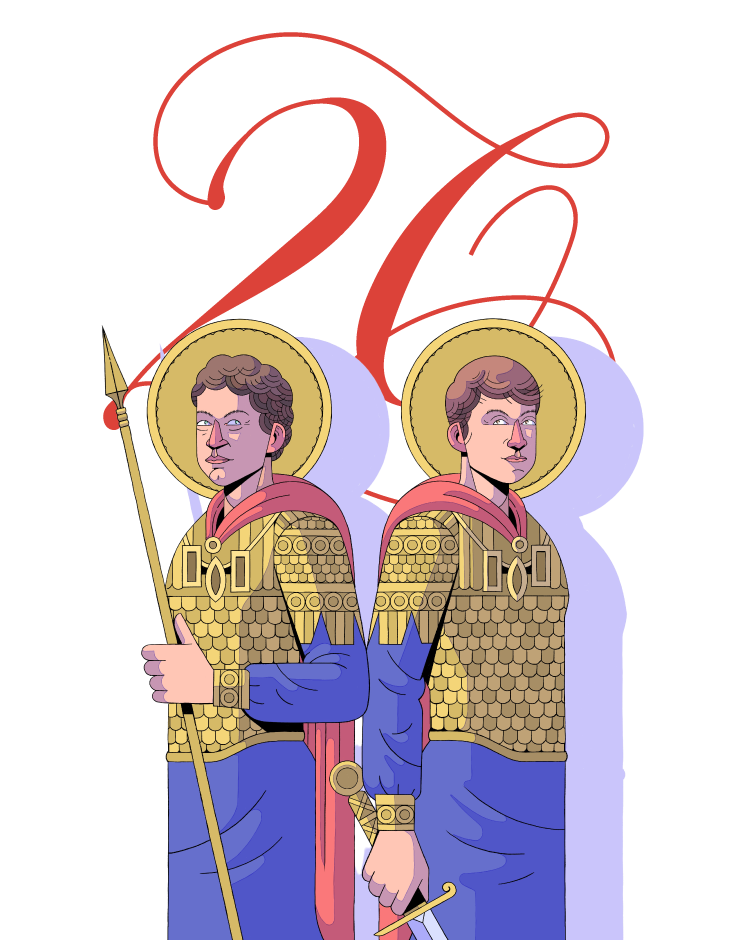
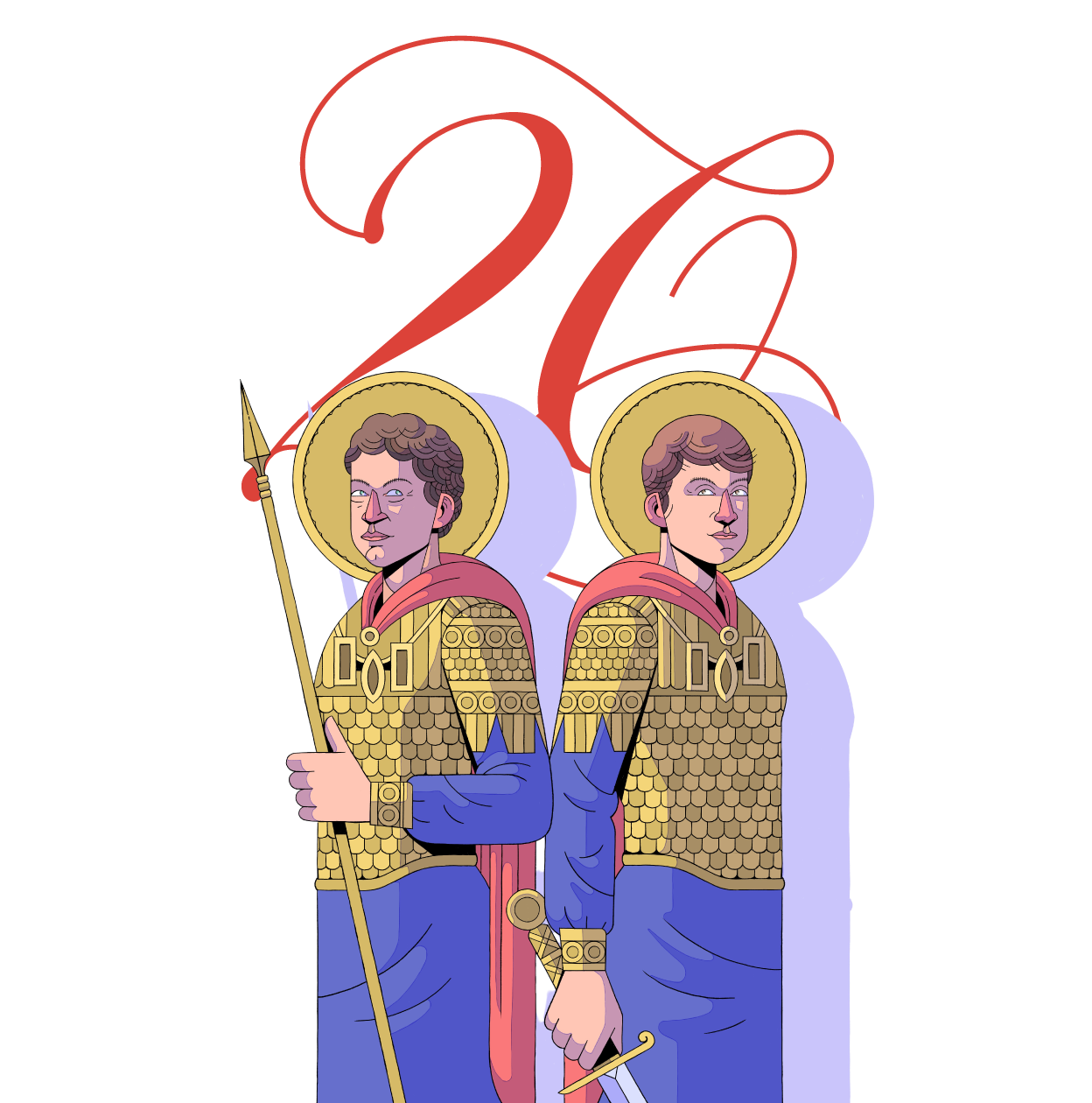
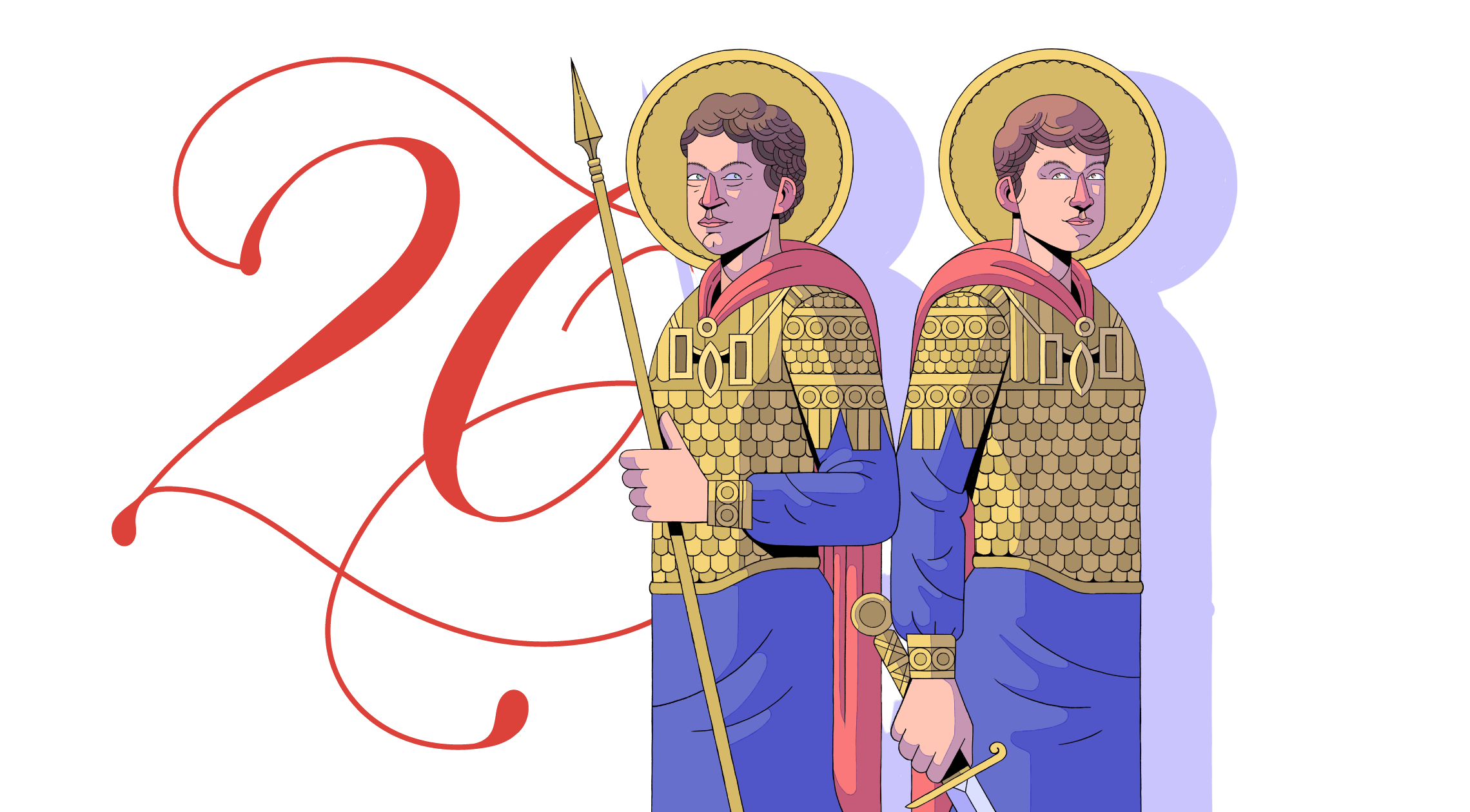
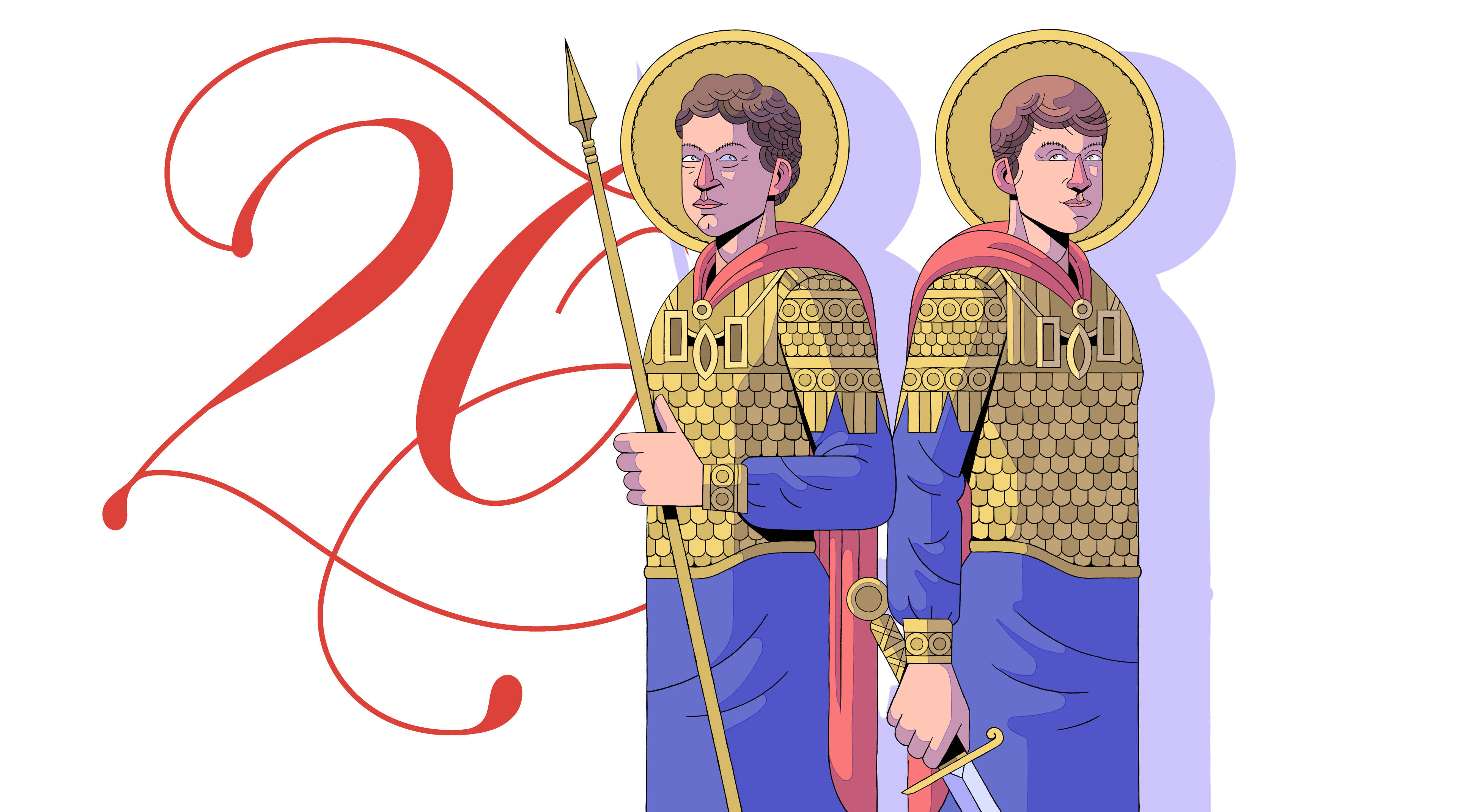
In fourth-century Syria, there were two Roman soldiers who were a couple. Due to their Christian devotion, they were martyred and in the martyrology - the book that tells of the lives of saints and martyrdoms - they are presented as 'erastai' (lovers in Greek), according to researcher John Boswell. Apart from that, there is also evidence that they participated in the rite of 'adelphopoiesis', a kind of spiritual union between two men in ancient times. Therefore, we could say that Sergius and Bacchus were the first same-sex couple to marry. Nowadays they are considered unofficial patrons of unions between men.
Carmen Tórtola Valencia and Ángeles Magret-Vilá
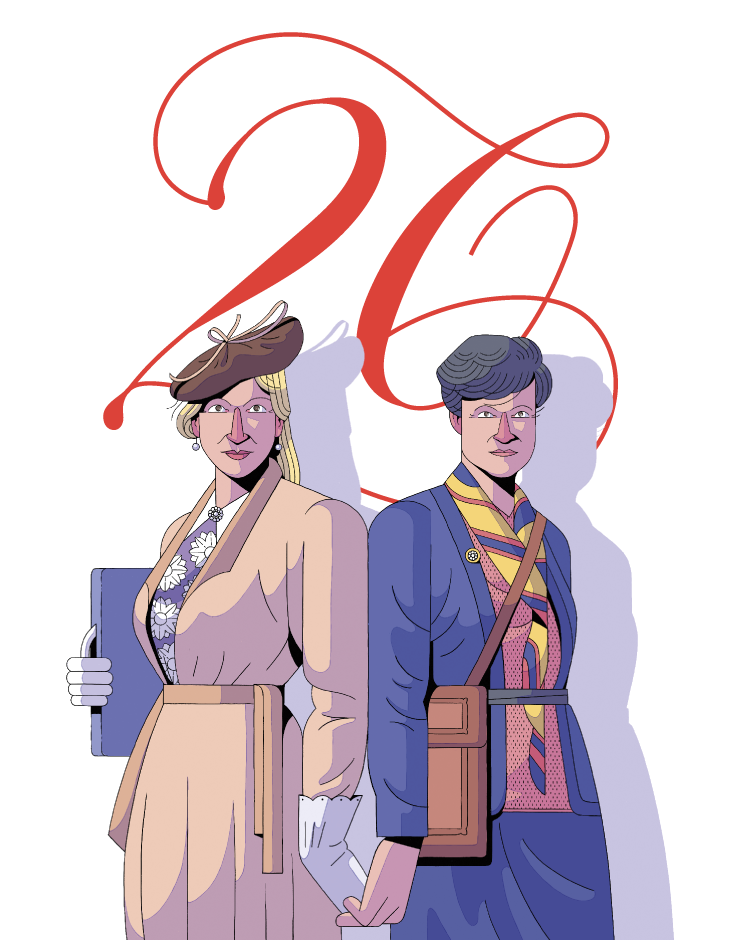

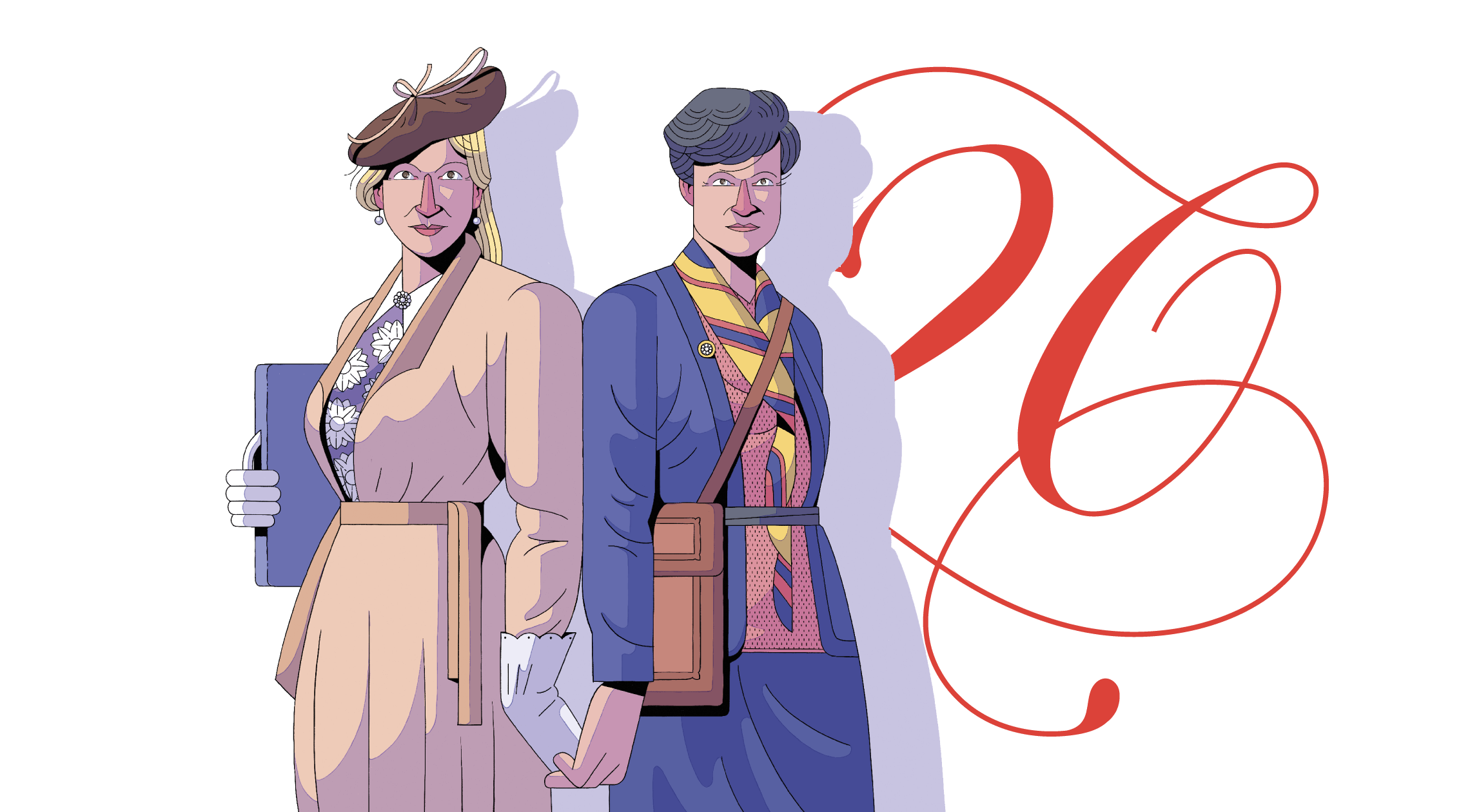
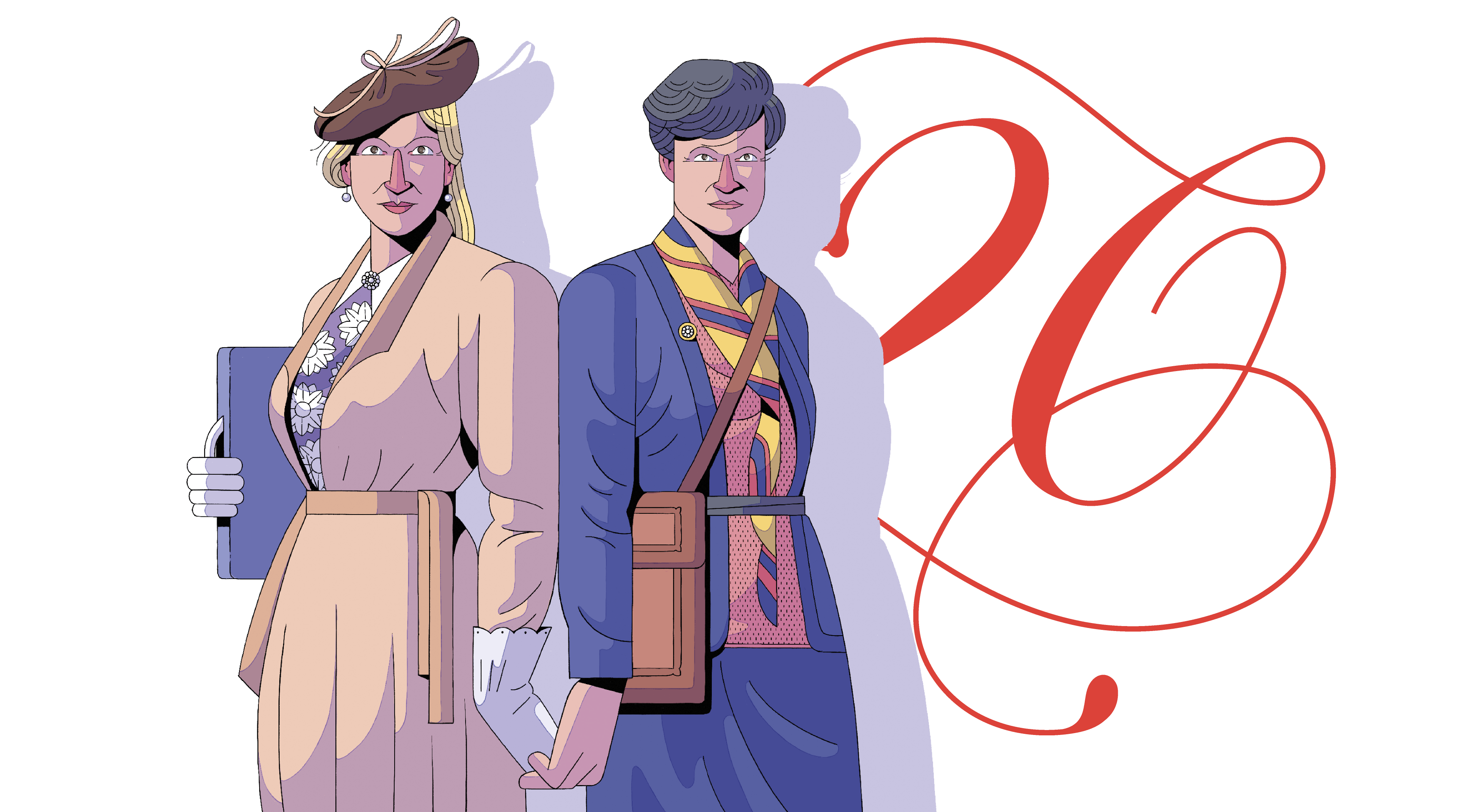
Tórtola Valencia was one of the most important dancers of the first half of the 20th century. Her career was strongly supported by intellectuals of the time, such as Valle-Inclán and Pío Baroja, and it is said that she had an affair with the painter Zuloaga, who made her his muse. Although she was clearly bisexual, her great love was Ángeles Magret-Vilá, a Catalan woman fourteen years younger than her, with whom she shared her life until the end.
Carmen loved the young Catalan woman so much that she adopted Ángeles as her daughter. The adoption had a double purpose: first to silence romours of their relationship, but also so that Ángeles could come into Carmen's inheritance once she died. Both women were buried in the Poblenou cemetery, their shared tomb reads: "The great artist Carmen Tórtola Valencia rested in the peace of the Lord on 15 February 1955", followed by: "And her grateful adopted daughter Ángeles Magret-Vilá y Tórtola accompanied her in her eternal rest on 1 August 1963".
Vicente Aleixandre and Carlos Bousoño
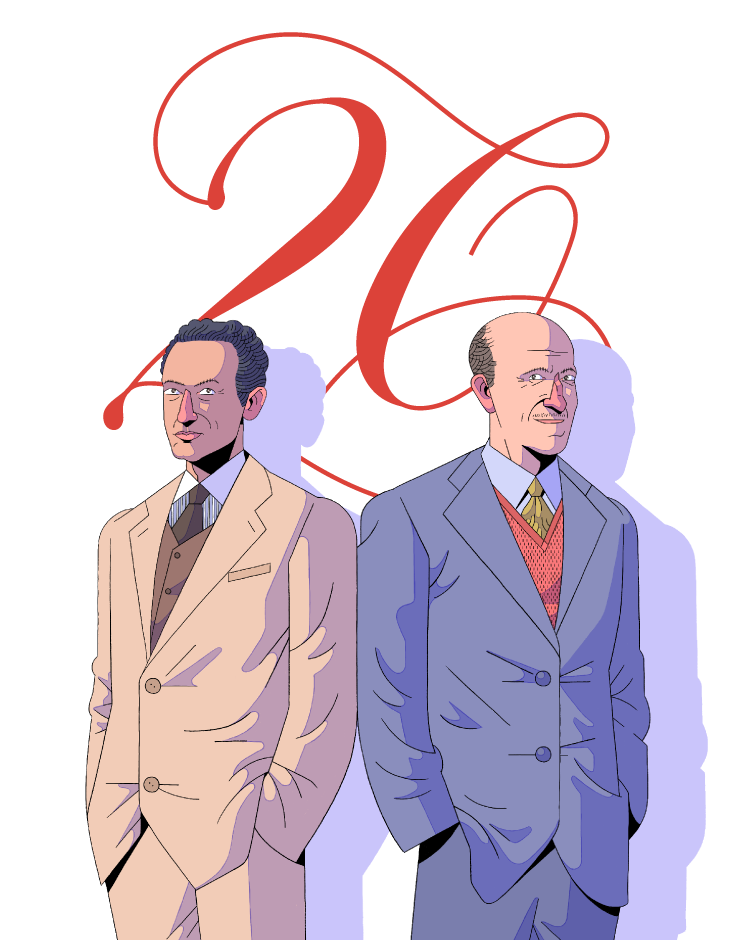
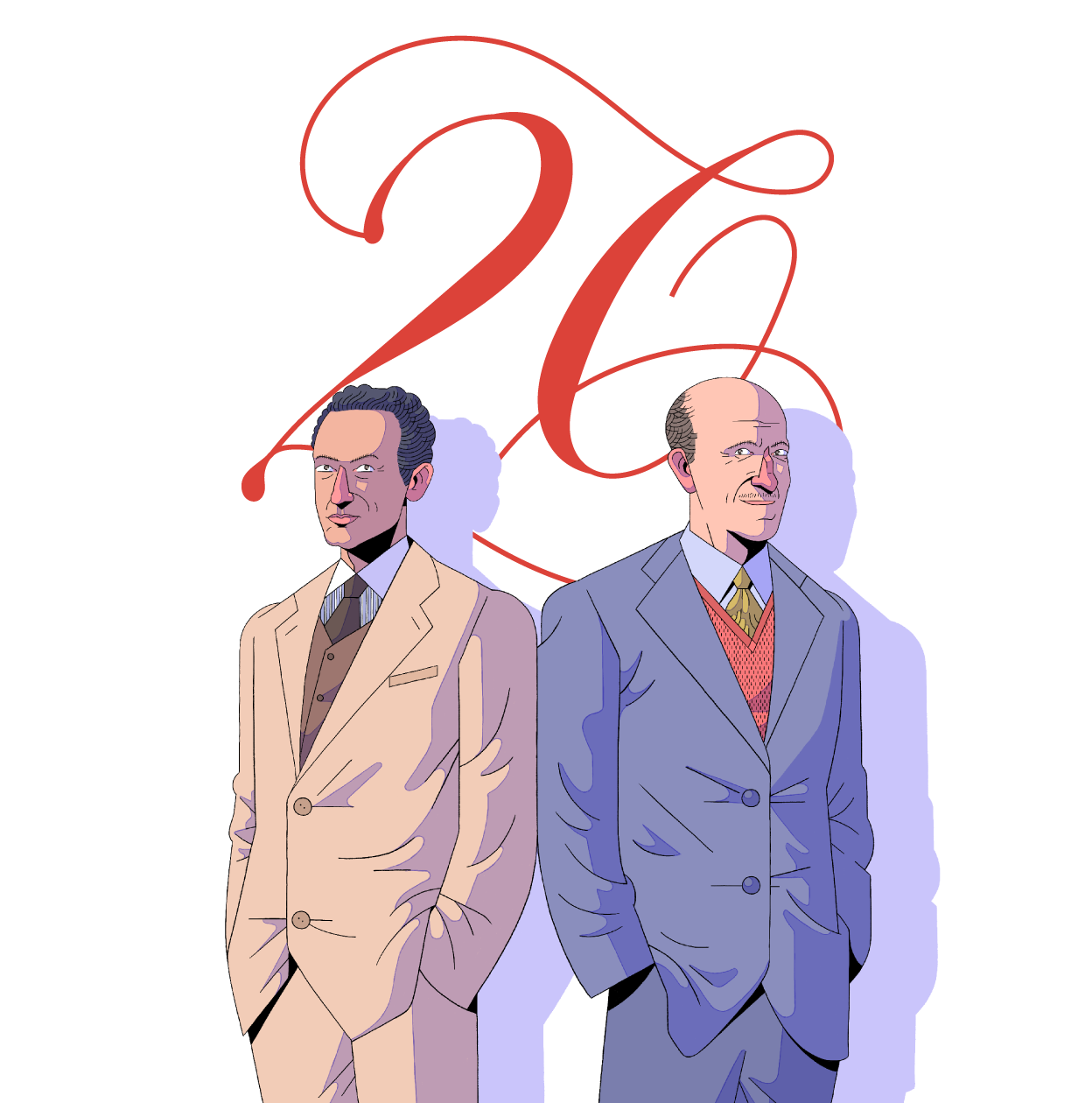
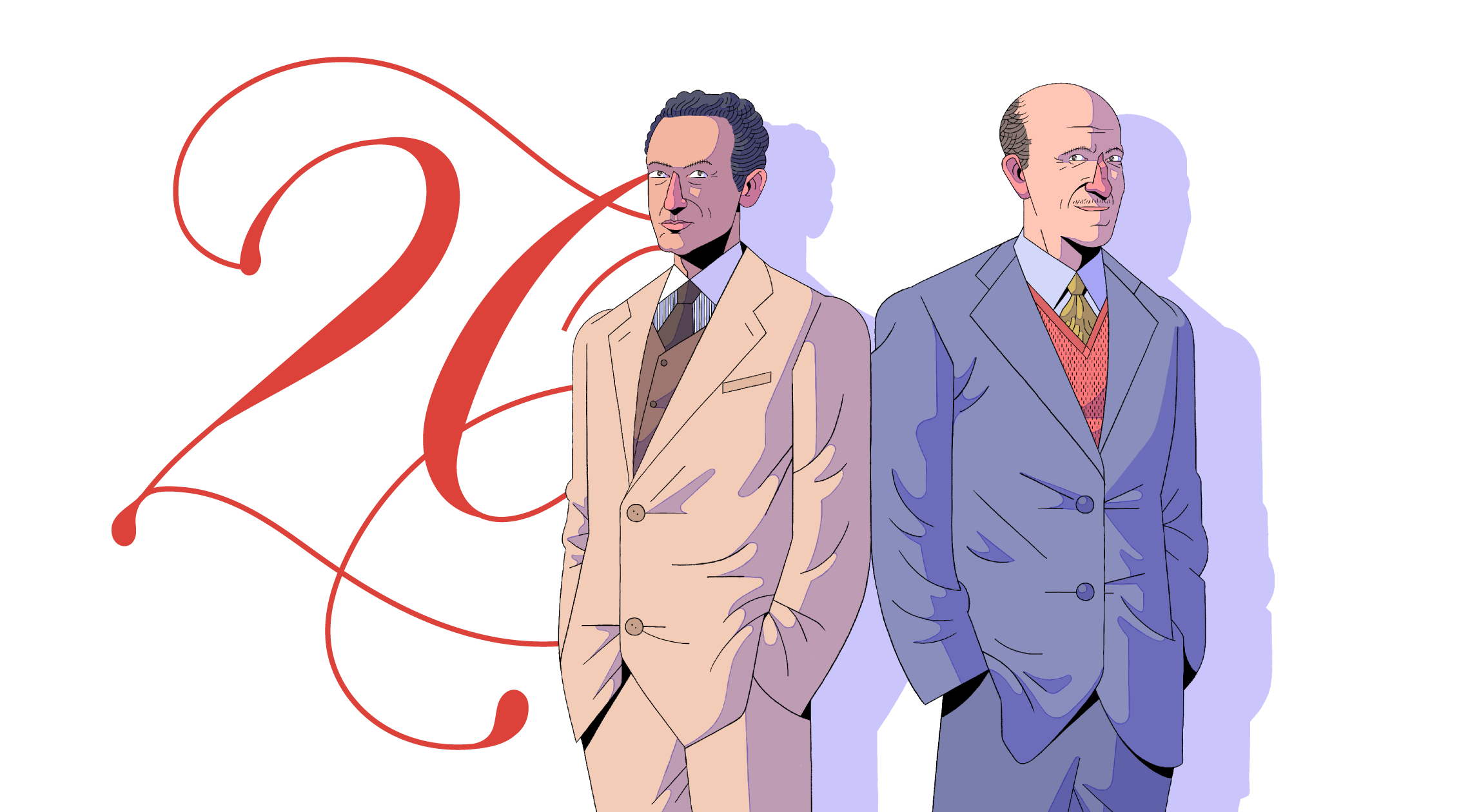

Vicente Aleixandre was one of the most outstanding poets of Generation 27 and recipient of the Nobel Prize for Literature. After the Spanish Civil War he stayed in Spain, unlike other literary peers who were forced into exile; and he turned his house into a refuge for dissident artists. Within its walls he also had a torrid affair with student Carlos Bousoño, with whom he struck up a relationship thanks to the fact that the young man was studying Aleixandre's poetry for his thesis.
"Hey, Carlitines (what a precious name, Carlitos, my boy, my love, my happiness, my madness, my only destiny). I will love you until death. You, my Spaniard, my little boy, you won't ever go away, will you? will you? will you and I never part?", Aleixandre wrote to him in his more than numerous - and a little cloying - letters that bear witness to their intense romance. Eventually, the relationship broke up and Carlos ended up marrying a woman. Nevertheless, Aleixandre named Bousoño trustee of his artistic and personal archives, something which did not sit well with the poet's immediate family.
Carmen Conde and Amanda Junquera
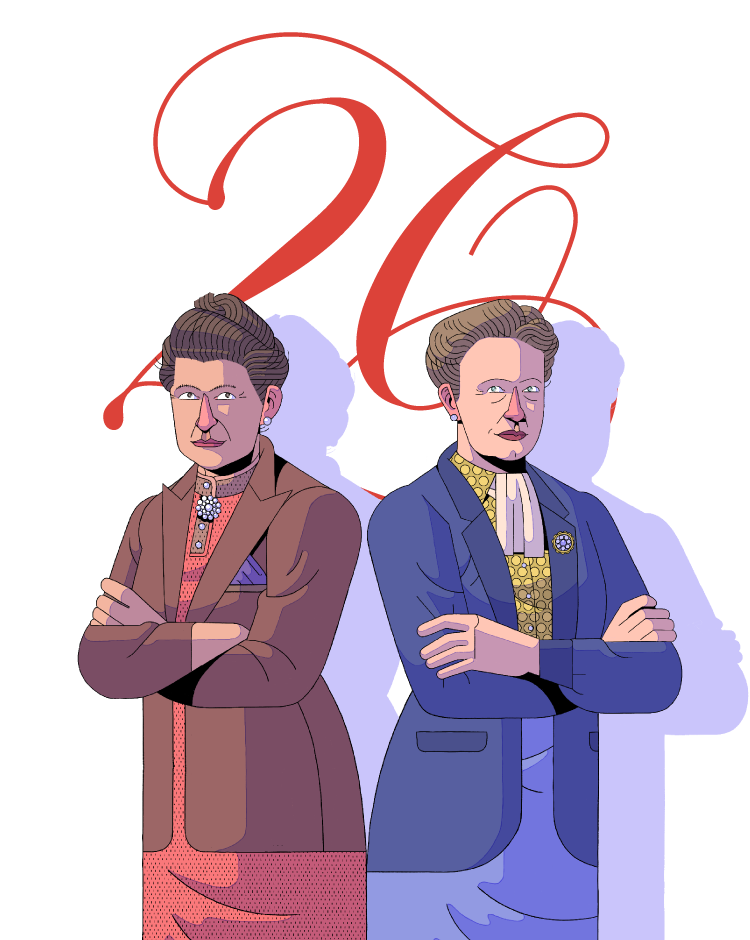
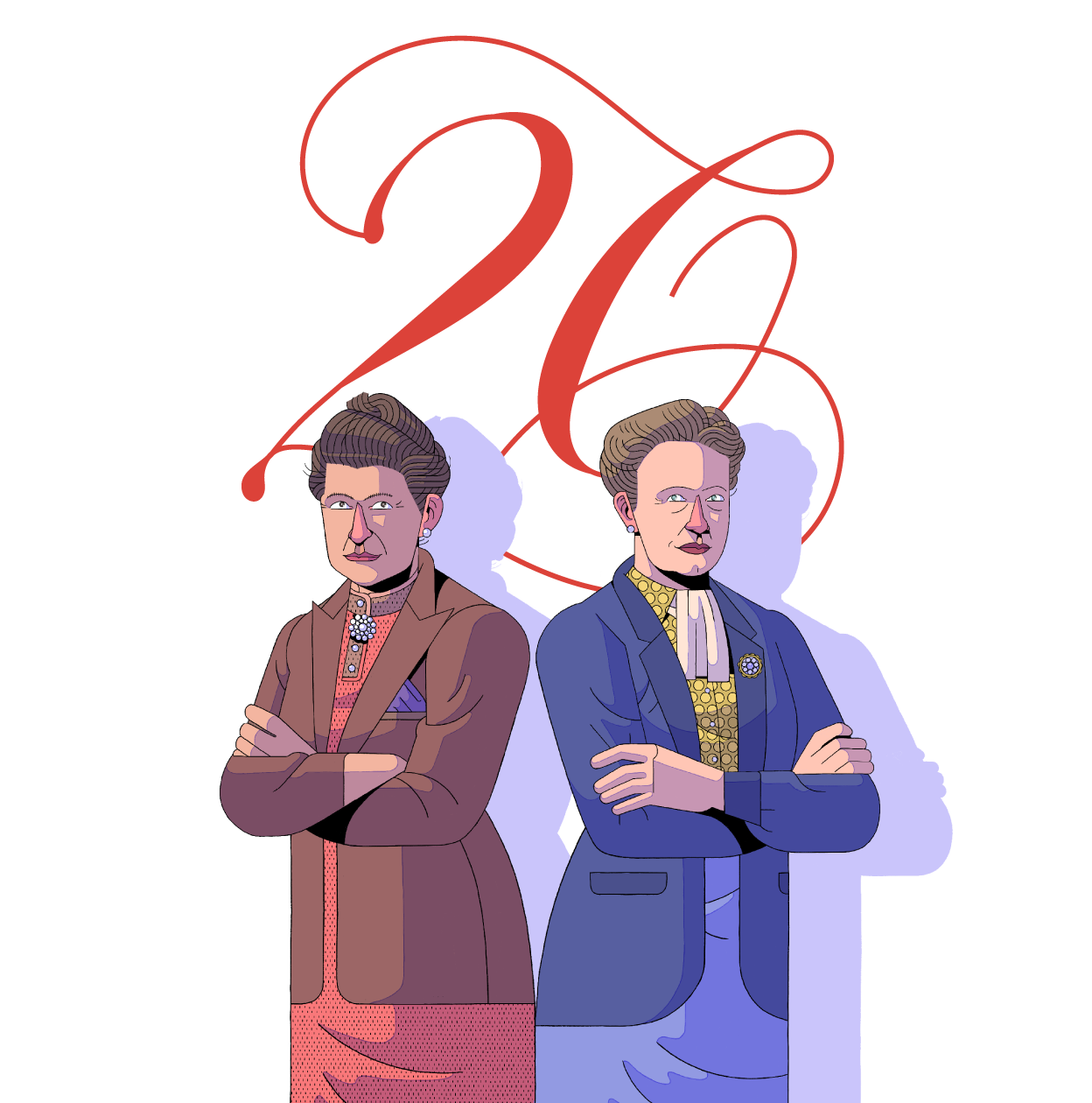
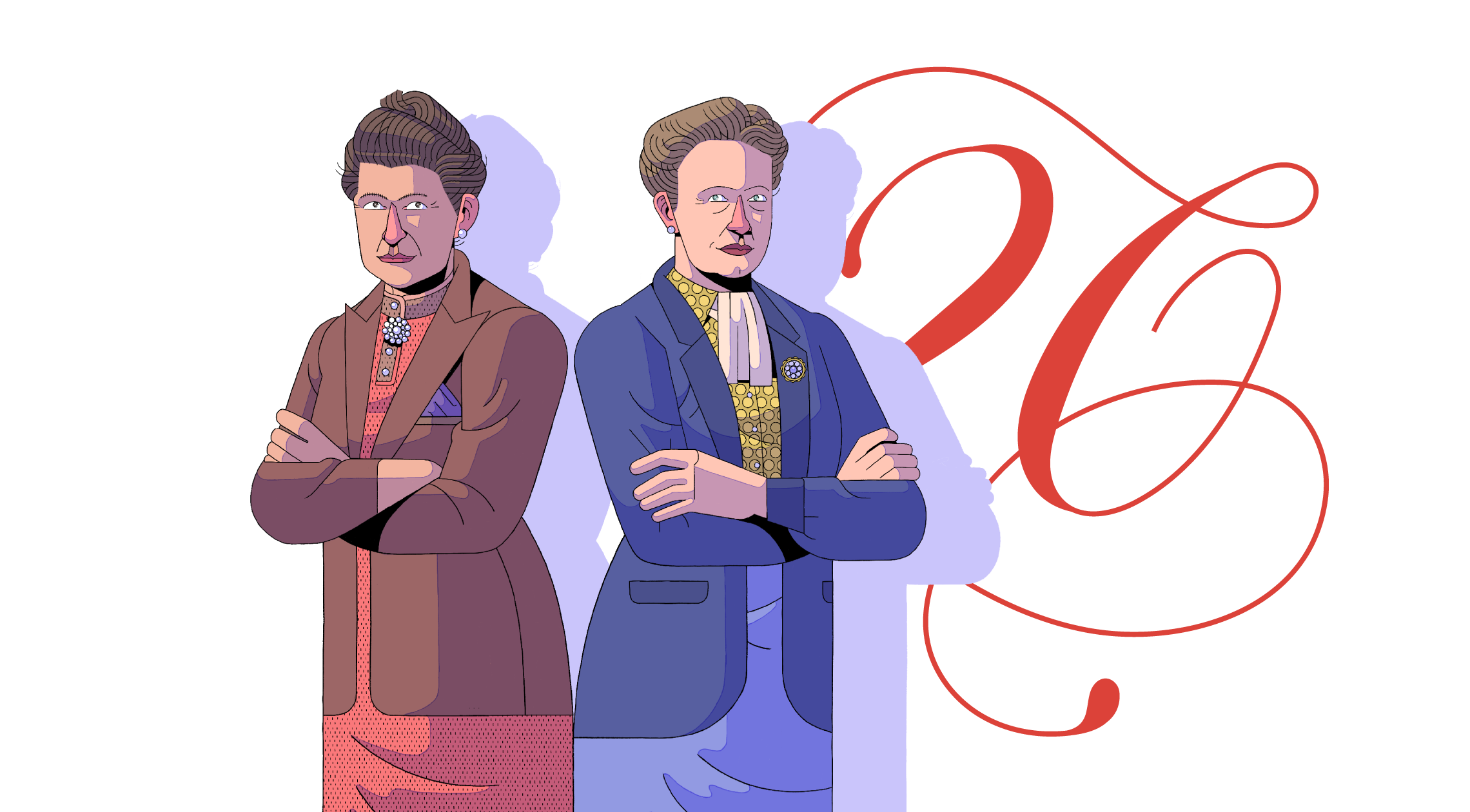
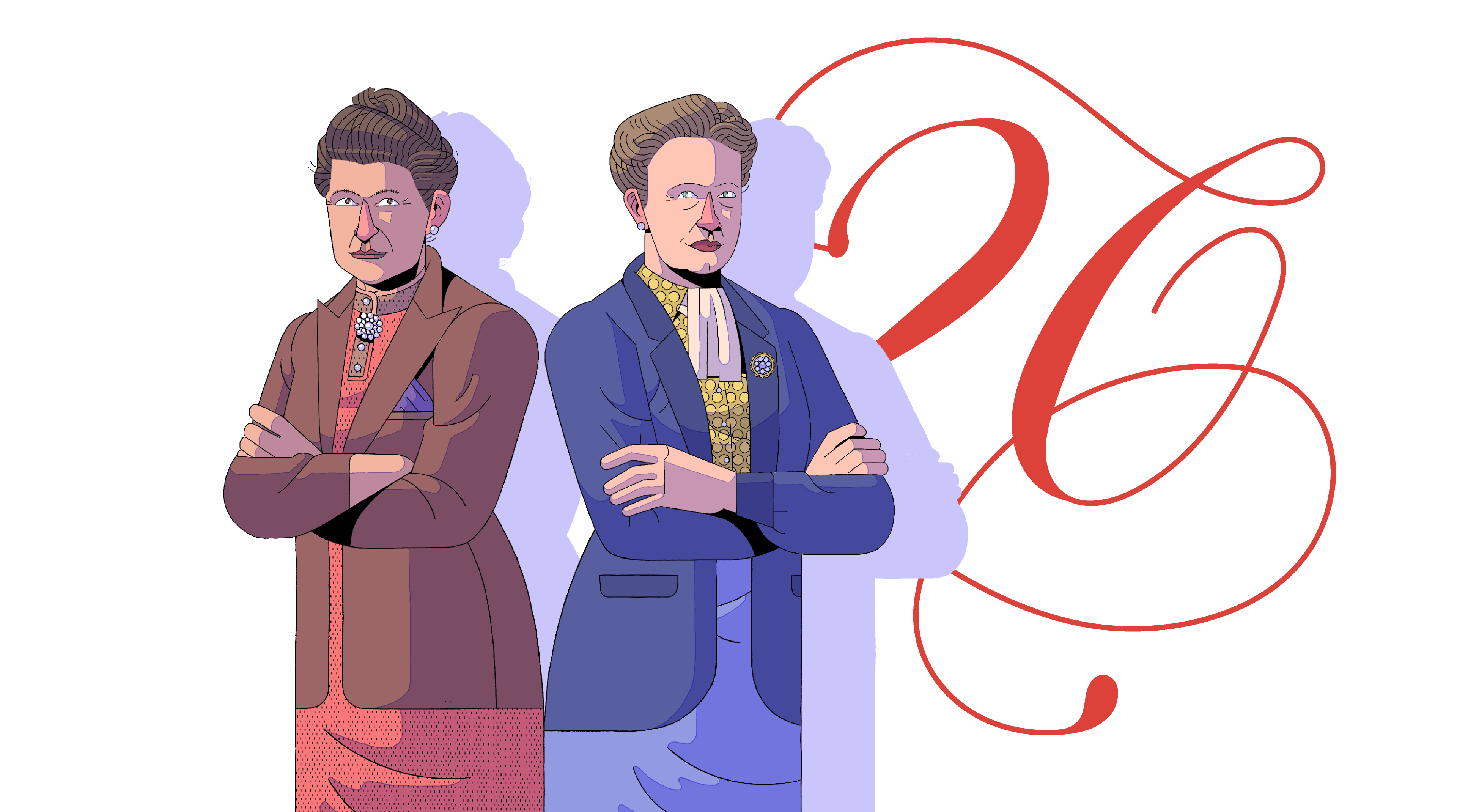
Carmen Conde was another outstanding figure of Generation 27 and the first woman to join the Spanish Royal Academy (RAE). Her Republican past brought her some problems, but fortunately she never stopped writing. A different fate befell her husband, Antonio Oliver, who was sentenced to house arrest for several years in his native Murcia.
Shortly before the war broke out, Carmen met Amanda Junquera and, once both their husbands were dead, they began a relationship that lasted until the end of their lives. In fact, the couple lived on the top floor of Vicente Aleixandre's house, since they were close friends. Years after their deaths, the private correspondence between the two women was published, as well as a selection of Carmen's poems dedicated to her beloved, 'Poemas a Amanda' (Torremozas, 2021), further proof of their unconditional love.
Jaime Gil de Biedma and Josep Madern
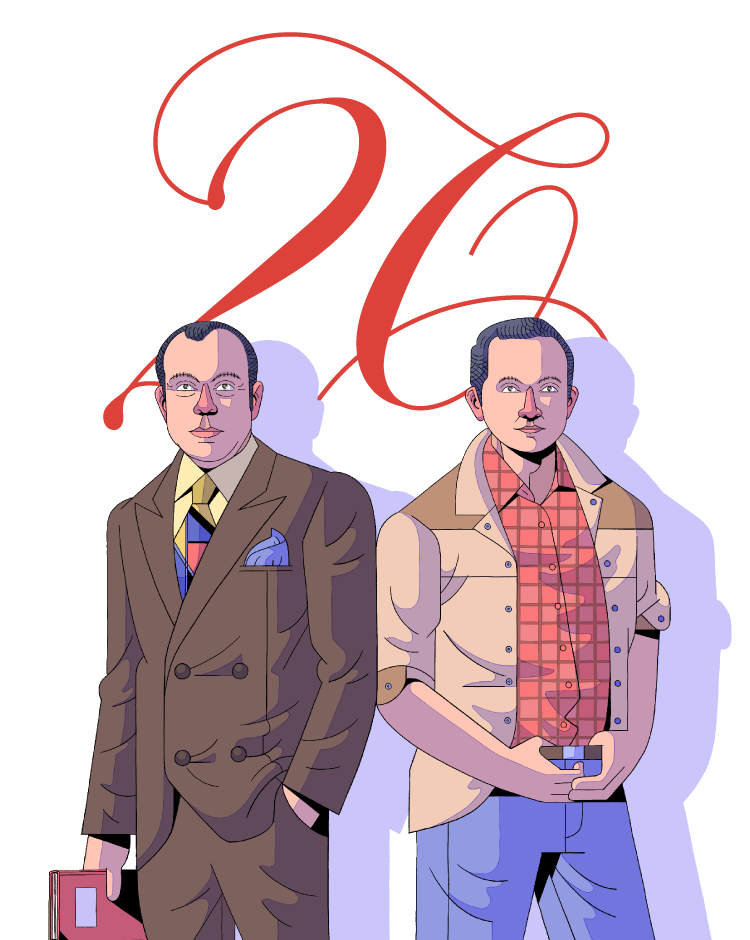
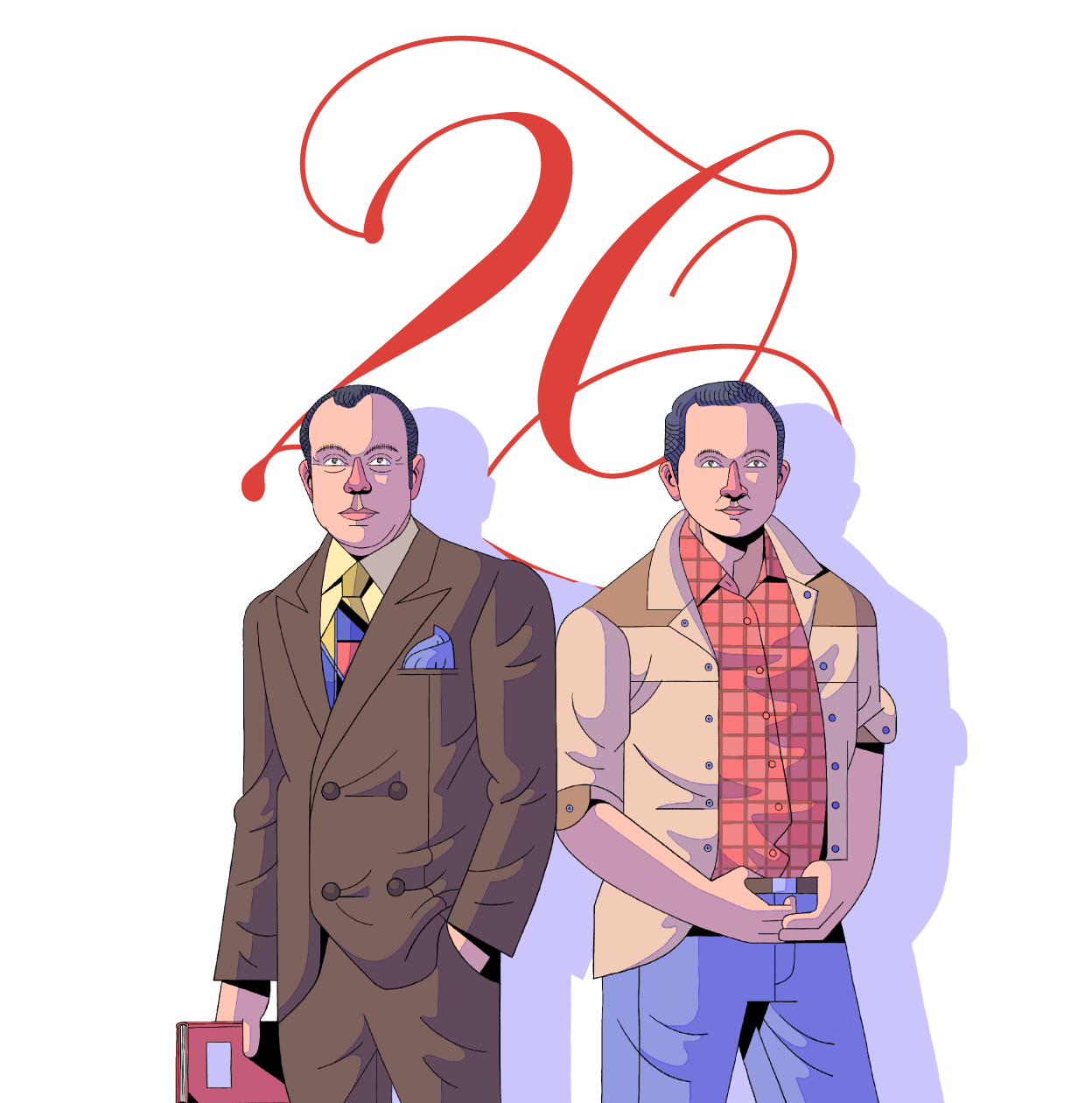
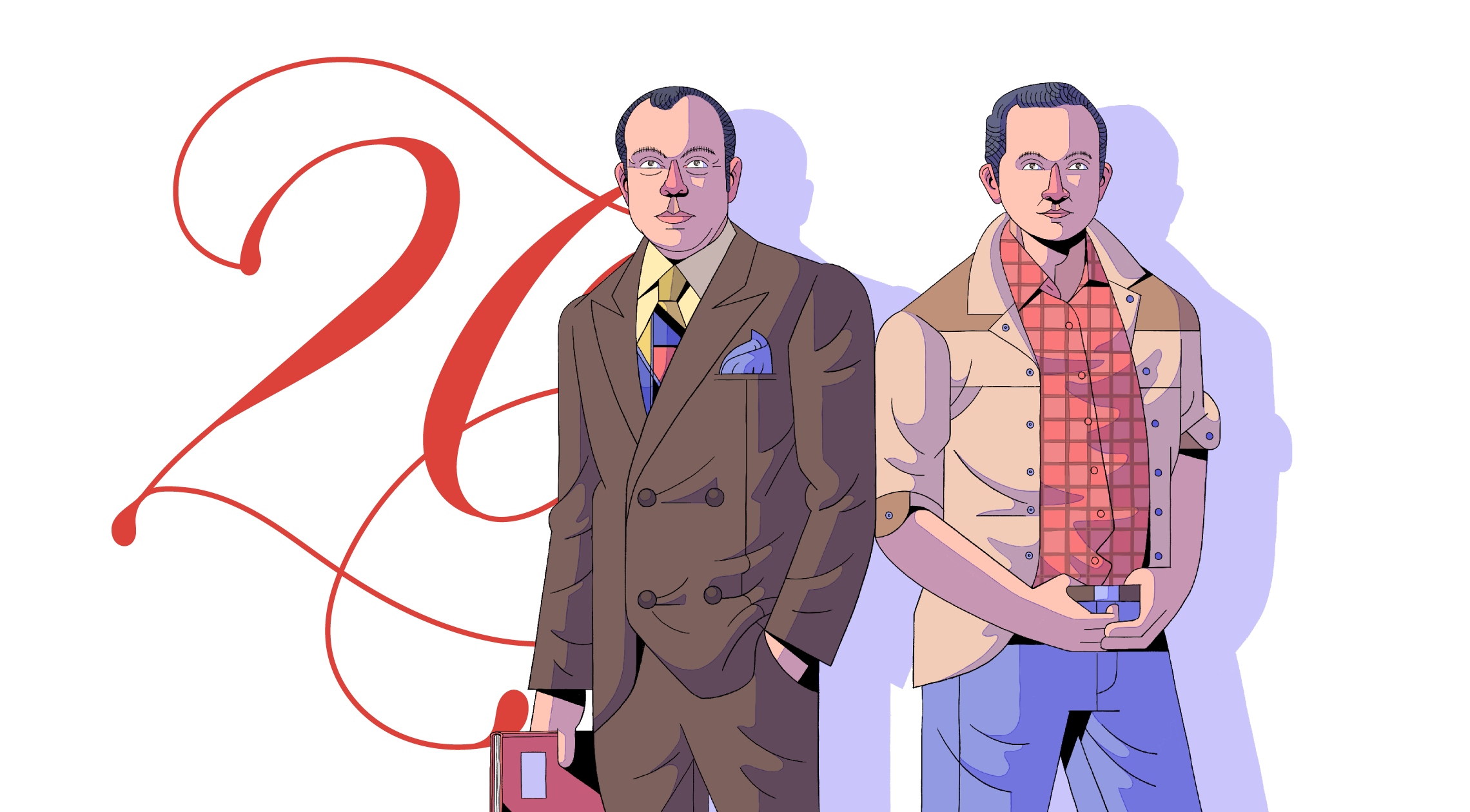
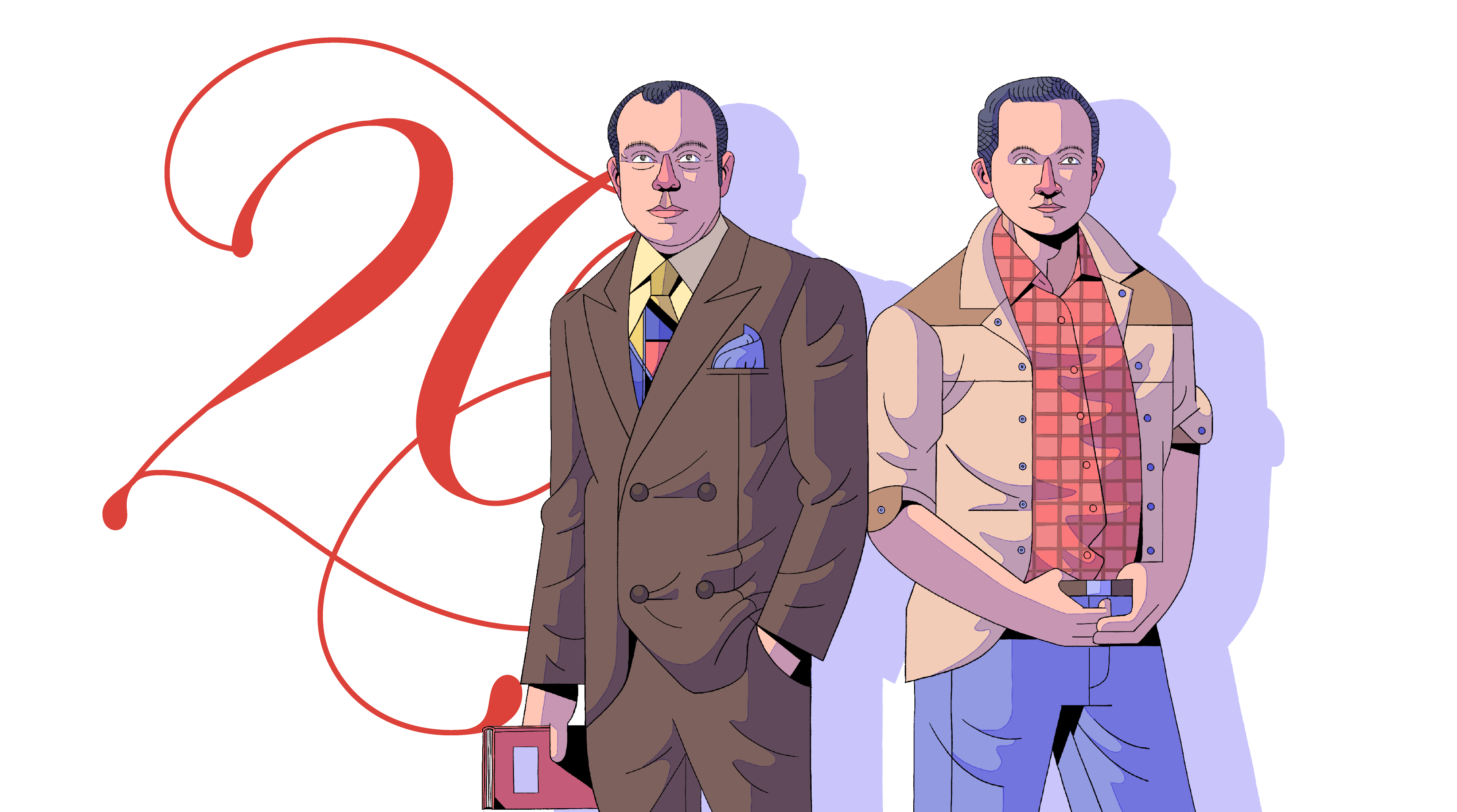
Gil de Biedma was, among many other things, a free soul who enjoyed the male body like no other. In short, what some might call a hedonist, although this was combined with a deep melancholy that led him to several suicide attempts. Whilst the poet was a flirt, Catalan actor Josep Madern was by his side until the end and cared for him with devotion even in his last years, when the complications of Aids diminished the poet's capacities. The love story between these two men was explosive: they never stopped fighting but equally couldn't live without each other. A relationship of more than ten years - interrupted by Gil de Biedma's death.
Elisa and Marcela
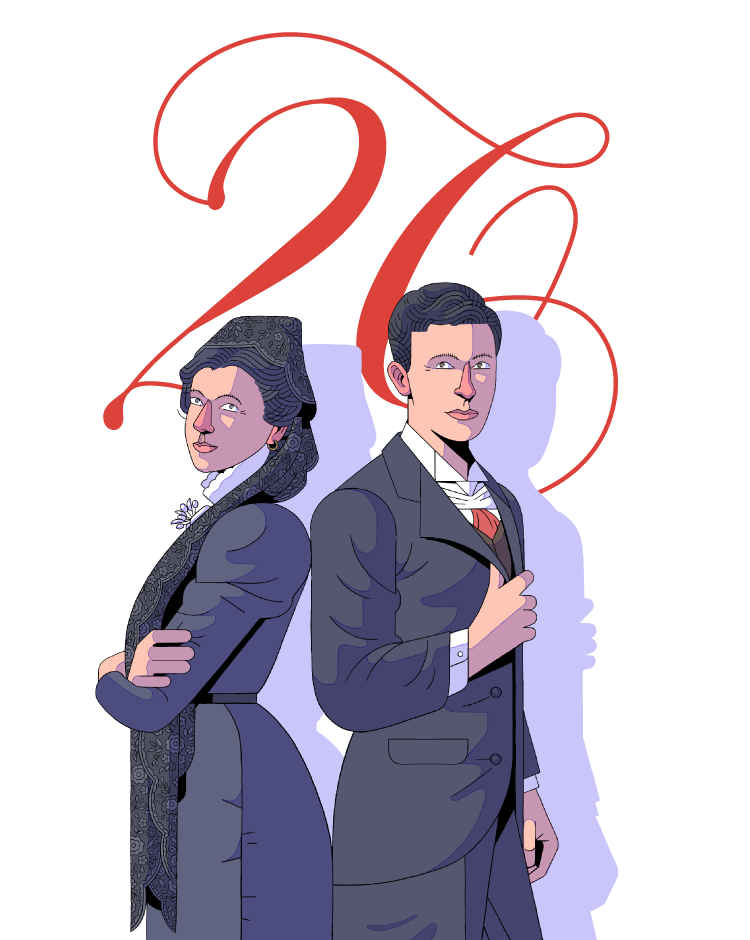
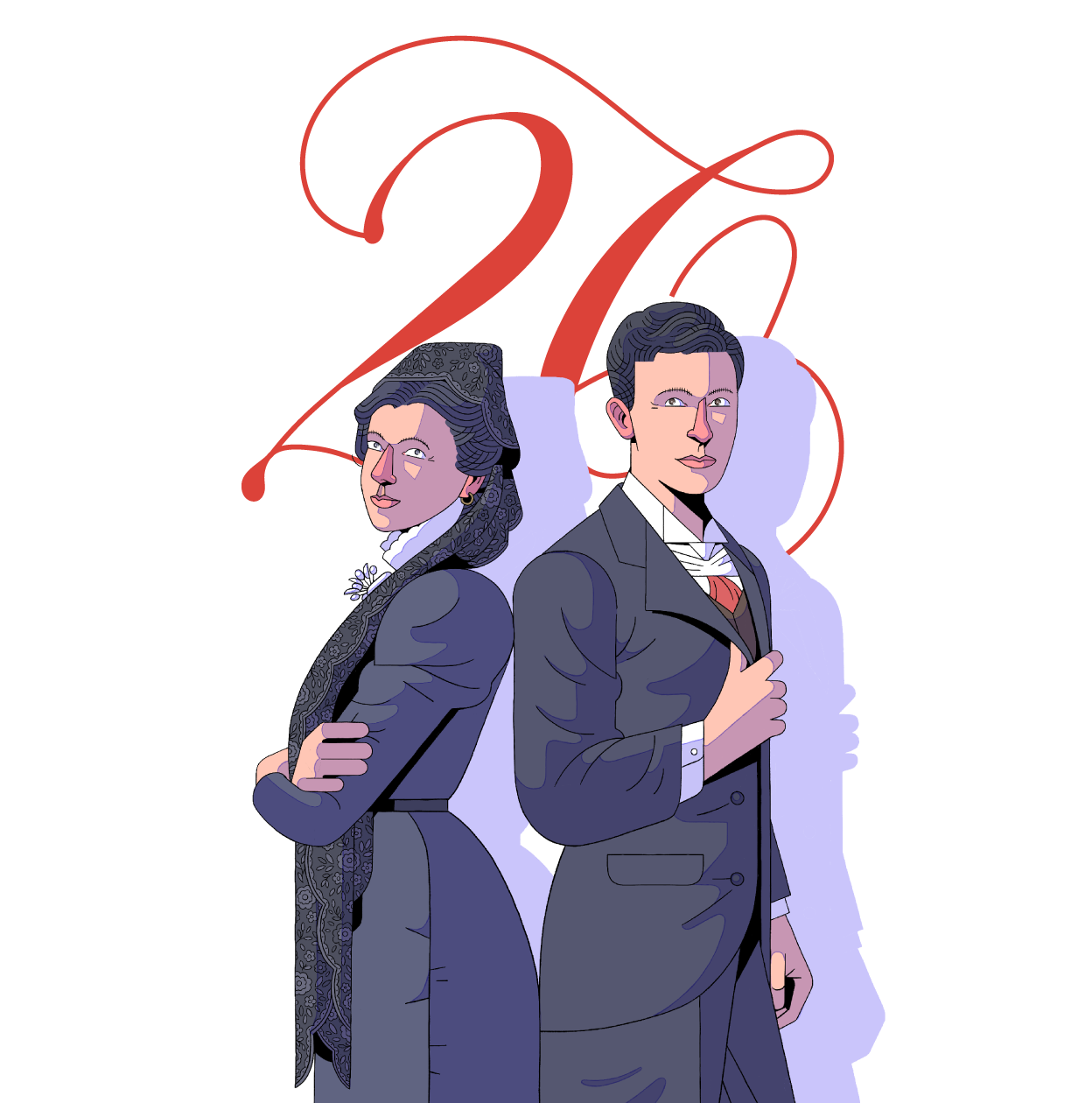
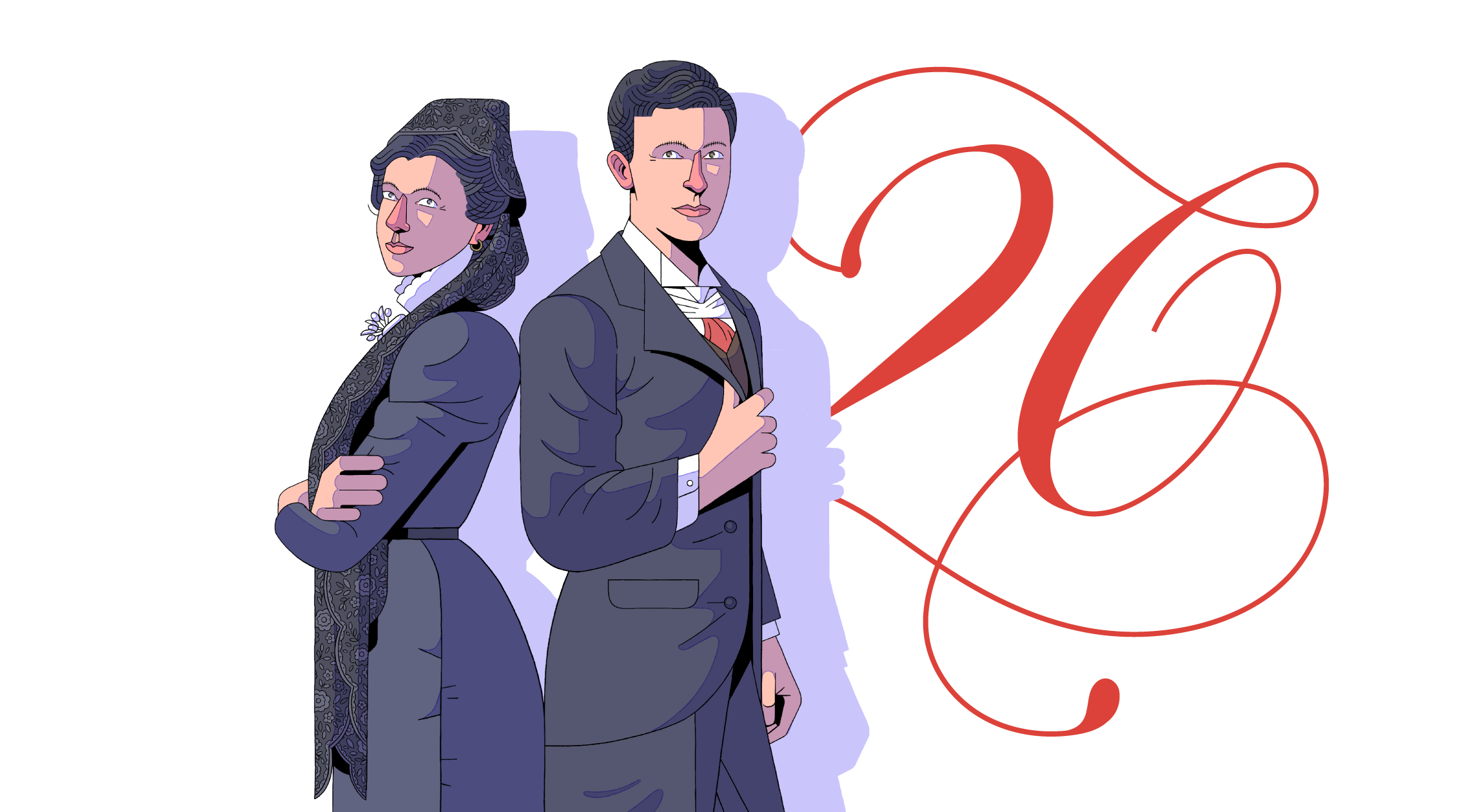
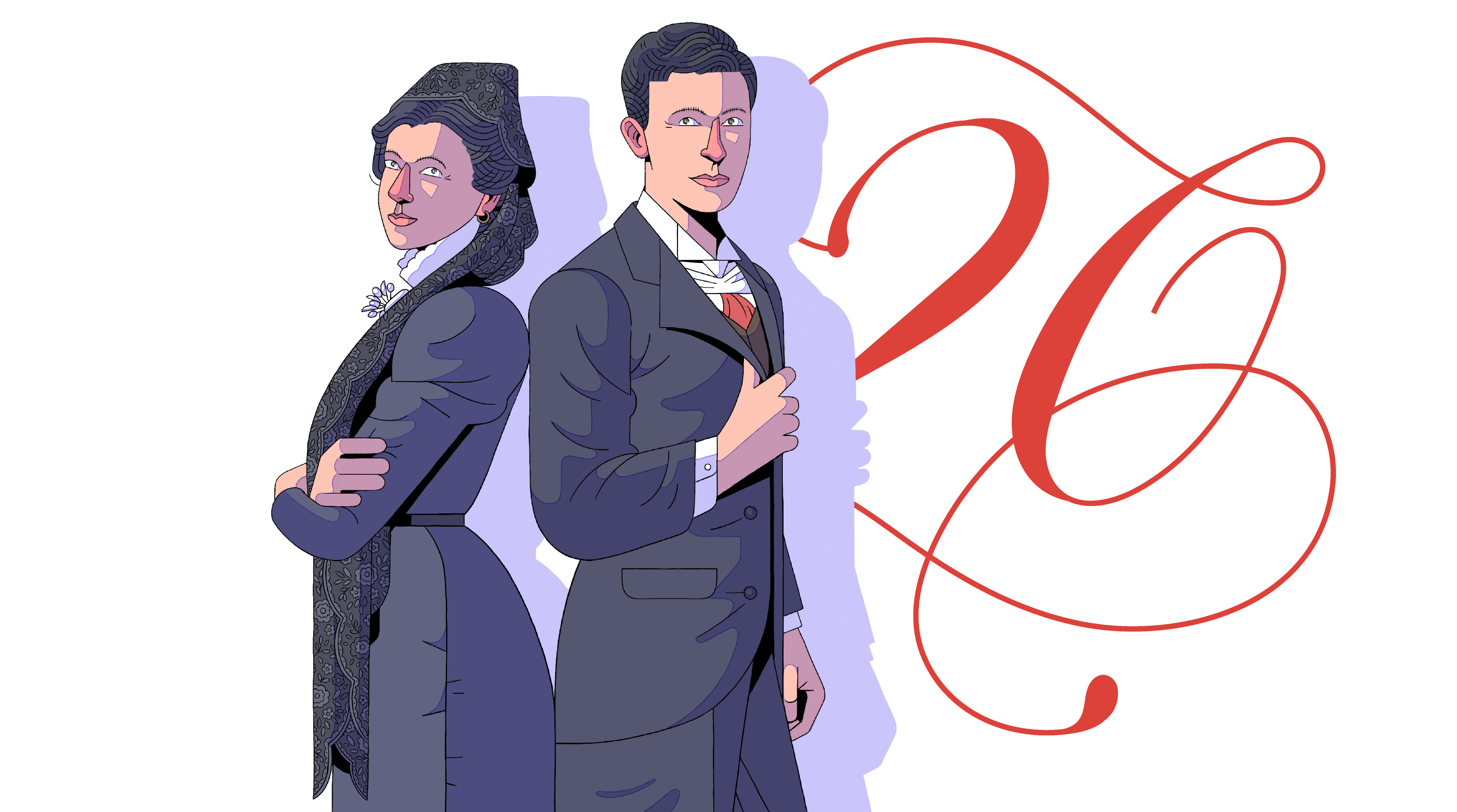
The story of Elisa and Marcela is well-known. Isabel Coixet directed a film (Elisa & Marcela, 2019) that told the unique story of these two women who managed to get married in 1901 thanks to one of them adopting a male identity. Later, the situation was discovered by the authorities and they had to flee - which eventually led them across the pond to settle in Argentina.
Elisa and Marcela's wedding is considered the first attempt at same-sex marriage in Spain. Although it should be noted that Elisa could also have been intersex, as was the case she fought to the authorities, or a trans man. Be that as it may, the love of these two people managed to break all the imposed legal barriers and circumvent the strict moral norms of their time.


